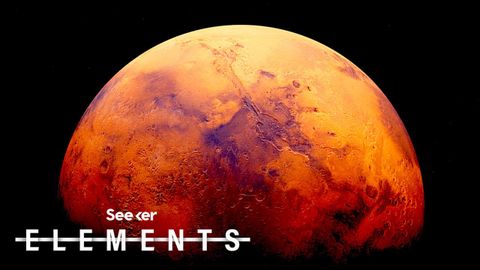2020年の火星への競争 (The Race to Mars in 2020)
林宜悉 が 2021 年 01 月 14 日 に投稿  この条件に一致する単語はありません
この条件に一致する単語はありませんUS /ˈbesɪkəli,-kli/
・
UK /ˈbeɪsɪkli/
US /dɪˈtɚmɪn/
・
UK /dɪ'tɜ:mɪn/
US /ˈenʃənt/
・
UK /'eɪnʃənt/
US /əˈtɛmpt/
・
UK /ə'tempt/
- v.t./i.試みる : 企てる
- n.試み : 企て
エネルギーを使用
すべての単語を解除
発音・解説・フィルター機能を解除

